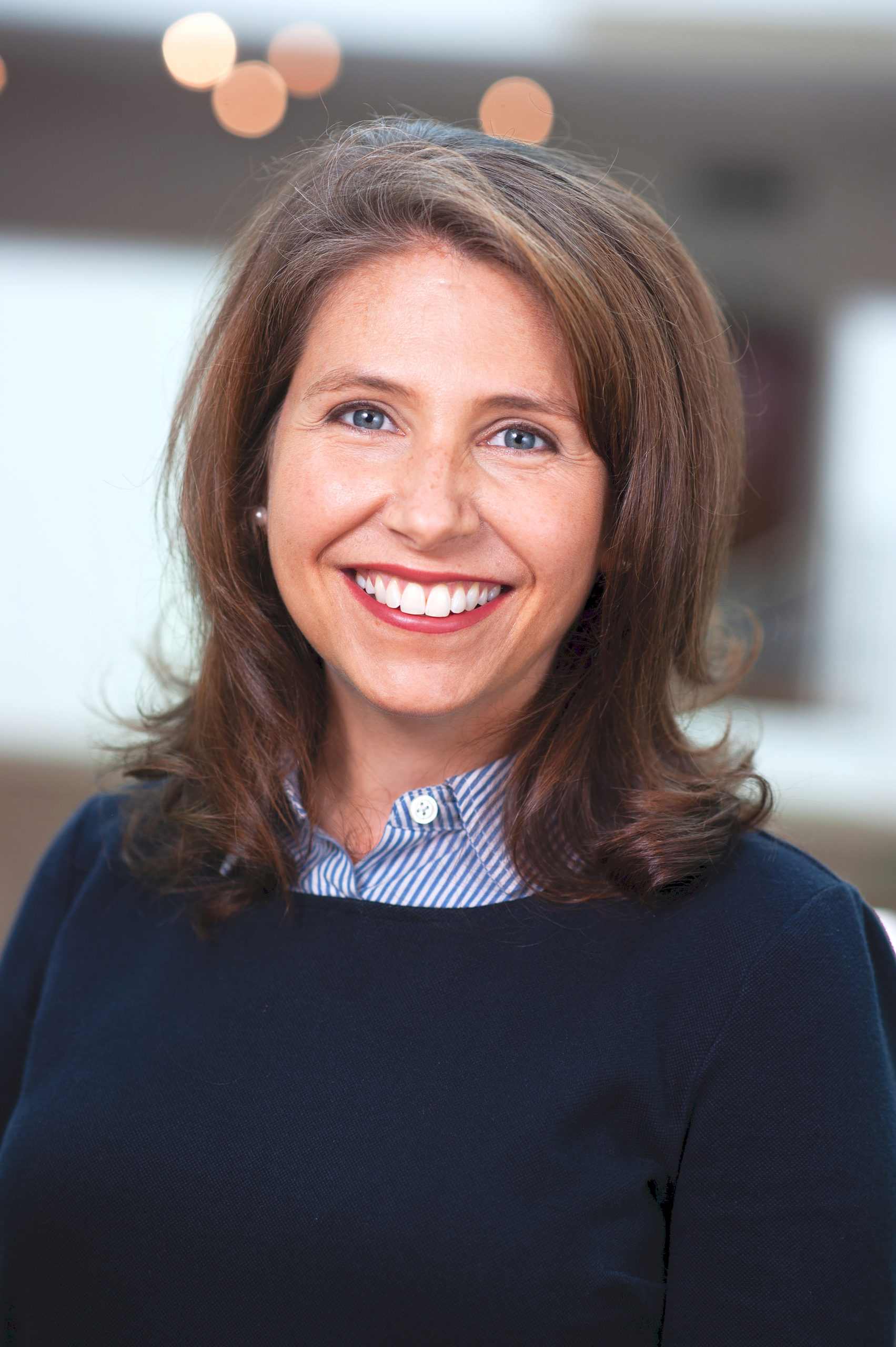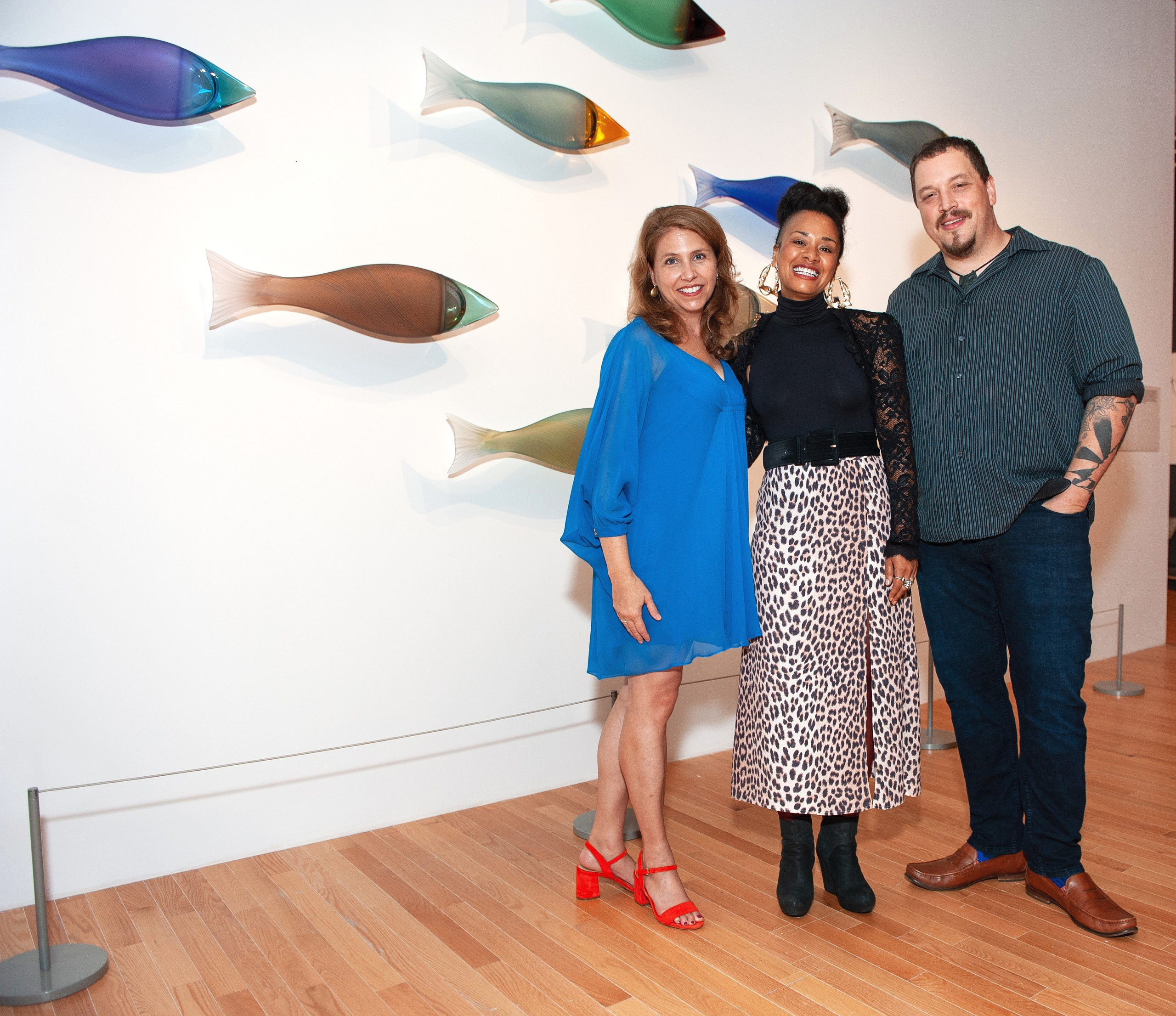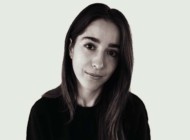
Brandy Culp, photo courtesy Wadsworth Atheneum.
When people make what might be considered an unconventional move professionally, the natural response — at least to a journalist — is “why?” So, when Brandy Culp, formerly the Richard Koopman curator of American decorative arts at the Wadsworth Atheneum shared the news that she was leaving the museum to take on a curatorial role at an architectural firm, we wanted to know more about what prompted the move.
Tell us about your new role as chief of staff and curator at Steven W. Spandle Architect, LLC?
In December, I officially joined Steven’s office, a boutique firm based in New York that designs in the classical tradition. The firm designs primarily for the residential market, with a select number of historic restoration projects throughout the country. Steven has completed projects that are significant on the national level, including the new Tennis Pavilion at the White House.
I am settling into my role as chief of staff and curator, getting to know the firm’s clients and working with the team of architects in the office as well as collaborating with outside interior designers, landscape architects and people in the building arts.
Was there anything in particular that prompted the move?
Primarily, it is a fantastic opportunity professionally to use my strengths without totally changing my core career goals as a curator of American decorative arts. My work with Steven is museum adjacent — bringing together my professional curatorial training with the field of classical architecture. My new role is entirely in keeping with my love for the decorative arts and architecture. The history of our material world is not only a shared passion but also the nucleus of Steven’s inspiration and architectural practice. We’ve known one another for many years, and it was a Wadsworth Atheneum project that led to a more significant professional connection.
Please tell us more about that project.
At the Wadsworth, I co-led the Silver Vault project, completed in fall 2022, and we collaborated with Steven on the vault’s overall design. This multi-year endeavor transformed the 1915 valuables vault in the museum’s historic Morgan Memorial Building into a permanent gallery for the display and study of English and American silver. During this project, Steven and I often discussed the growth of his firm, and his commitment to continuous study of design and decorative arts. He later approached me about coming onboard as the firm’s chief of staff/curator, a role he created to entice me to leave the Wadsworth. We have many shared professional relationships and overlapping skill sets, so transitioning to work with Steven made perfect sense.
I don’t want to make this move sound sudden or like complete happenstance. For many years, I envisioned transitioning into a museum adjacent path. Because of the diversity of my curatorial projects — from historic house museum restorations to major exhibitions and museum installations — my network has always had a series of widely overlapping circles. Throughout my curatorial career, I have often worked with architects, practicing artisans of all materials, construction teams, contemporary artists, designers, private collectors and cross-disciplinary scholars.
Also, my most recent exhibition, “Fired Up: Glass Today” (on view until February 5 at the Wadsworth Atheneum; www.thewadsworth.org/explore/on-view/firedup/) inspired me to think about what my next professional move might be. I loved the level of project management and communication required to collaborate with consulting designer Lee Weaver, internal museum staff, several glass art-focused galleries, and 57 contemporary artists. I found working with living artists extremely rewarding, and in a similar capacity, I will be collaborating with contemporary craftspeople, who produce custom-made furnishings, millwork, plasterwork, metalwork and textiles for Steven’s clients. The exhibition planning and implementation for “Fired Up” was concurrent with the Silver Vault project. So yes, the move from the museum to Steven W. Spandle Architect was about timing and synergy on all accounts, but nonetheless, it was a step toward a path that I had in many ways already envisioned.

The newly installed Silver Vault, Wadsworth Atheneum, curated by Brandy Culp and Linda Roth. Steven Spandle, architect; Stephen Saitas, case designer; Anita Jorgensen, lighting designer. —Pieter Estersohn photo
How has your experience as curator of American Decorative Arts at the Wadsworth Atheneum prepared you for the move?
It’s the fundamental skills that I learned as a curator that made me — in the words of Steven — a great fit for this position. My background is unique in that I have worked in traditional art museum settings, including the Metropolitan Museum of Art, the Art Institute of Chicago and the Wadsworth Atheneum. But I deviated from this path and spent almost a decade in the field of preservation and historic house museums as the chief curator at Historic Charleston Foundation, where I spearheaded a historic restoration project at the Nathaniel Russell House. In fact, it was textile consultant Natalie Larson, who introduced me to Steven Spandle.
I brought to my job at the Wadsworth Atheneum a knowledge of material culture and the building arts as well as an interest in the world of interiors and architecture. My curatorial projects reflected this background — notably my extensive research on the Eighteenth Century Staddle Hill parlor and the Wetmore family, the Silver Vault project, and the exhibitions “Bed Furnishings In Early America: An Intimate Look” and “Mathematics of Elegance: An Icon of Early Connecticut Furniture,” in which I tested Will Neptune’s theory regarding the classical orders and early American furniture (for his article see, www.chipstone.org/article.php/787/American-Furniture-2017/Classical-Proportioning-in-Eighteenth-Century-Furniture-Design).
It’s these broad-reaching curatorial experiences and my project management skills that have prepared me for the transition to the firm. Steven’s core professional values and his major creative inspirations are closely aligned with the material arts and our historic past. Clients greatly appreciate our emphasis on research and knowledge of architecture and design over time. Many collaborations begin with Steven and potential patrons pouring over books, often written by our museum colleagues, as they search for design inspirations. Also, the firm maintains relationships with so many of my curatorial colleagues and works in support of multiple institutions. So, it’s only a small hop, not a huge leap from the Wadsworth to my new post.
You mentioned your new job would be “museum adjacent.” What do you mean by that?
There are a host of professions, businesses and aligned institutions that support our museums and ensure a healthy ecosystem exists in support of the arts. I continue to be a part of the larger arts community, but instead of working from within museum walls, I am now free to expand professionally in different but somewhat parallel directions. As the chief of staff and curator at Steven Spandle Architect, I work with a variety of people who look to the past to build and design for the future.
The individuals called patrons and artisans in “museum speak” are referred to in my new role as “clients and vendors,” but they are the same groups of people. Plus, the firm works closely with and in support of contemporary artisans, who are crafting tomorrow’s museum artifacts today. I am either knowledgeable of or have collaborated directly with many of these craftspeople on past projects.
By being museum adjacent, I can continue to inspire and cultivate the love of art and architecture, but also engage in broader professional endeavors that help expand the work of the firm and support artisans who work in the allied arts.

“Fired Up: Glass Today” premier reception, Wadsworth Atheneum. Brandy S. Culp with artists Kimberly Thomas and Dan Friday. “Fired Up” will be on view at the Wadsworth Atheneum until February 5. Photo courtesy of the Wadsworth Atheneum.
What are some of the things you’re hoping to do in your new job?
We have an ambitious roadmap for the future, and I look forward to helping Steven achieve the goals ahead. At the moment, we are working on strengthening core foundational operations and opportunities for showcasing the firm nationally which include seeking additional collaborations with other practitioners of classical architecture and design, enhancing our online presence and embracing publication opportunities. I am excited to work with our extensive stable of artisans and amazing clients, many of whom are notable collectors. There are possibilities to broaden my curatorial reach within the private sector and help the firm cultivate new clients who are interested in holistic built environments for their budding and established collections. Another goal is to increase our work with historic sites and museums as they consider building projects and gallery renovations, similar to the Wadsworth Atheneum’s Silver Vault.
The office is a research-centered firm, and I will be engaging in projects to support these efforts — from site-specific work to perhaps monograph publications. Joining forces with Steven doesn’t mean an end to my years of taking on PowerPoint presentations and writing deadlines!
Museums are a vital centering force and gathering place for a whole host of adjacent folks, and I look forward to staying connected with my museum colleagues and attending events, conferences and lectures, as well as design and antiques fairs. For me, supporting museum culture and ensuring its future success is now about stepping outside of those walls and engaging in the broader collaborations and conversations that I hope inspire and cultivate people to embrace the arts. To every new project, I bring my curatorial training and passion for the past — luckily, my new career home with Steven W. Spandle Architect not only appreciates but is rooted in the same principles.
—Madelia Hickman Ring









